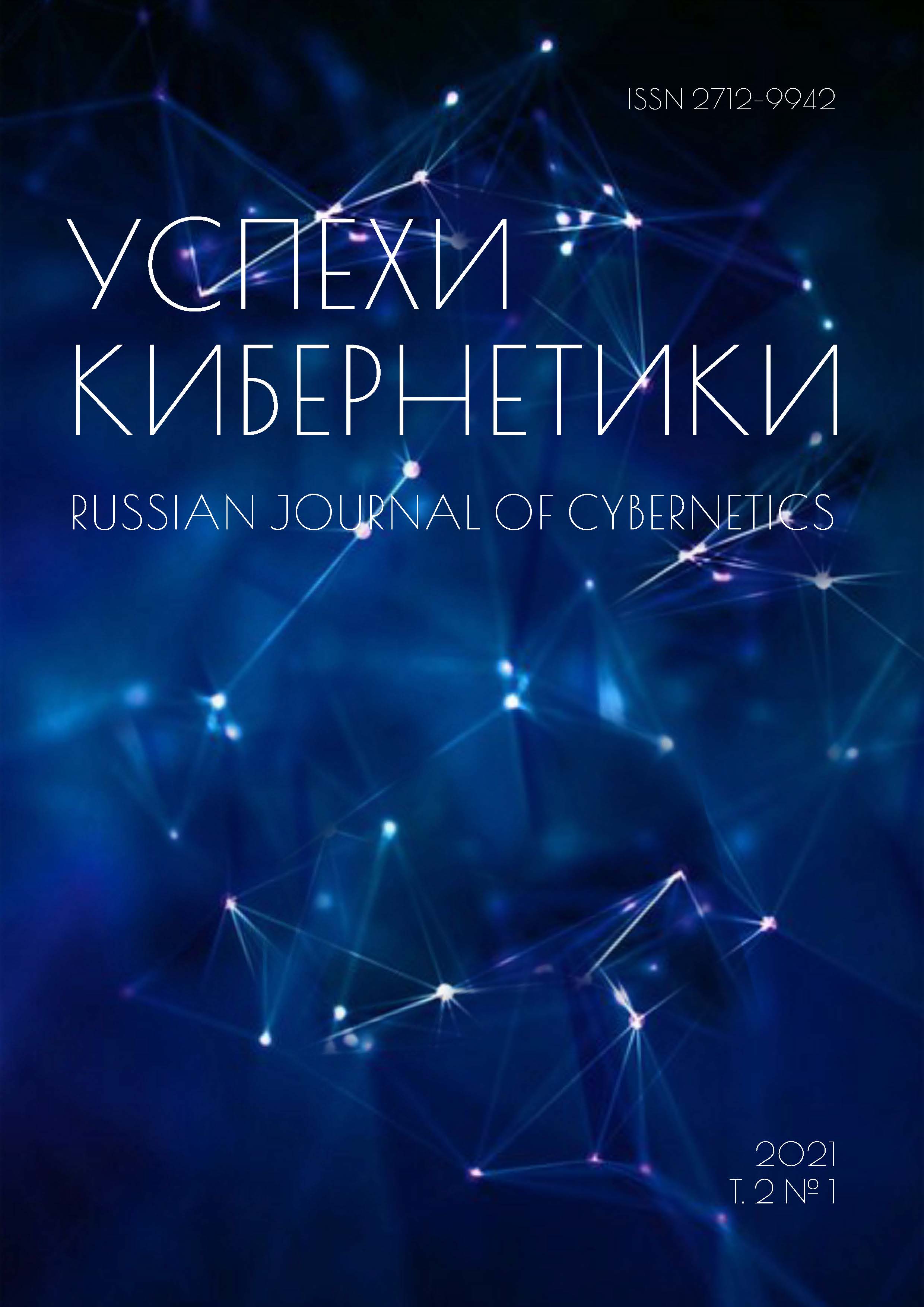Abstract
The study offers a fast quantitative estimation of tsunami wave heights coming from a hypothetical source along the Pacific coast of the Kamchatka Peninsula and the Kuril Islands. We focus on a very fast (virtually real-time) PC simulation of tsunami wave propagation using the classical approximation of the shallow water theory. Significant performance gains are achieved by taking advantage of modern computer architectures, namely Field Programmable Gate Arrays (FPGAs). The McCormack difference scheme of the second order of approximation for solving the system of shallow water differential equations [1] is implemented with an FPGA chip on a custom PCB designed by the authors [2, 3].
Numerical tests indicate that it takes only a few seconds to simulate a tsunami wave from a simulated source on a 900 m spacing grid to analyze 3,600 time increments of propagation of the tsunami wave propagation in about 2000x2000 km area (3,120x2,400 nodes.) The customized FPGA computer was also tested for accuracy by comparing with the analytical solutions obtained by Marchuk [4, 5] for some reference bottom topographies.
References
Titov V. V., Gonzalez F. I. Implementation and Testing of the Method of Splitting Tsunami (MOST) Model. NOAA Technical Memorandum ERL PMEL-112, 1997.
Lavrentiev M. M., Romanenko A. A., Oblaukhov K. K., Marchuk An. G., Lysakov K. F., Shadrin M. Yu. FPGA Based Solution for Fast Tsunami Wave Propagation Modeling. The 27th International Ocean and Polar Engineering Conference, 2017, 25-30 June, San Francisco, California, USA. 2017;924-929.
Lysakov K. F., Lavrentiev M. M., Oblaukhov K. K., Marchuk An. G., Shadrin M. Yu. FPGA-Based Modelling of the Tsunami Wave Propagation at South Japan Water Area. Oceans’18 MTS/IEEE, Kobe, Japan, May 28-31, 2018.
Марчук Ан. Г. Вычисление высоты цунами, распространяющейся над наклонным дном, в лучевом приближении. Сиб. журн. вычисл. математики. 2015;18(4):377–388.
Марчук Ан. Г. Оценка высоты цунами, распространяющейся над параболическим дном, в лучевом приближении. Сиб. журн. вычисл. математики. 2017;20(1):23–35.
DART® (Deep-ocean Assessment and Reporting of Tsunamis). Режим доступа: https://nctr.pmel.noaa.gov/Dart/.
DONET (Dense Oceanfloor Network System for Earthquakes and Tsunamis). Режим доступа: https://www.jamstec.go.jp/donet/e/.
Hiroaki T., Yusaku O. Review on Near-Field Tsunami Forecasting from Offshore Tsunami Data and Onshore GNSS Data for Tsunami Early Warning. Journal of Disaster Research. 2014;9(3):339-357.
Voronina T. A. Recovering a Tsunami Source and Designing an Observational System Based on an R-Solution Method. Numerical Analysis and Applications. 2016;9(4):267–276.
Lavrentiev M. M., Kuzakov D. E., Romanenko A. A., Vazhenin A. P. Determination of Initial Tsunami Wave Shape at Sea Surface. Oceans’17 MTS/IEEE, Aberdeen, June 19-22, 2017.
Hayashi K., Vazhenin A. P., Marchuk An. G. Trans-Boundary Realization of the Nested-Grid Method for Tsunami Propagation Modeling. Proceedings of the Twenty-fifth (2015) International Ocean and Polar Engineering Conference. Kona, Big Island, Hawaii, USA, June 21-26, International Society of Offshore and Polar Engineers (ISOPE). 2015;3:741-747.
MacCormack R. W., Paullay A. J. Computational Efficiency Achieved by Time Splitting of Finite-Difference Operators. AIAA paper. 1972;72-154.
Стокер Дж. Дж. Волны на воде. М.: ИЛ, 1959. 617 с.
Marchuk An. G., Bezhaev A. Yu., Seliverstov N. I. New Gridded Digital Bathymetry for the Kuril-Kamchatka Region. Recent Advances in Marine Science and Technology' 2002, USA, Honolulu, 2002. Режим доступа: http://nippon.zaidan.info/seikabutsu/2002/00223/ contents/044.htm.
Smith W. H. F., Sandwell D. Global Seafloor Topography from Satellite Altimetry and Ship Depth Soundings. Science. 1997;277:1956-1962.
Gica E., Spillane M. C., Titov V. V., Chamberlin C. D., Newman J. C. Development of the Forecast Propagation Database for NOAA’s Short-Term Inundation Forecast for Tsunamis (SIFT). NOAA Technical Memorandum OAR PMEL-139, Pacific Marine Environmental Laboratory, Seattle, WA, March 2008.
Lavrentiev M. M., Kuzakov D. E., Marchuk An. G. Determination of Initial Sea Surface Displacement at Tsunami Source by a Part of Wave Profile. Oceans’18 MTS/IEEE, Kobe, Japan, May 28-31, 2018.

